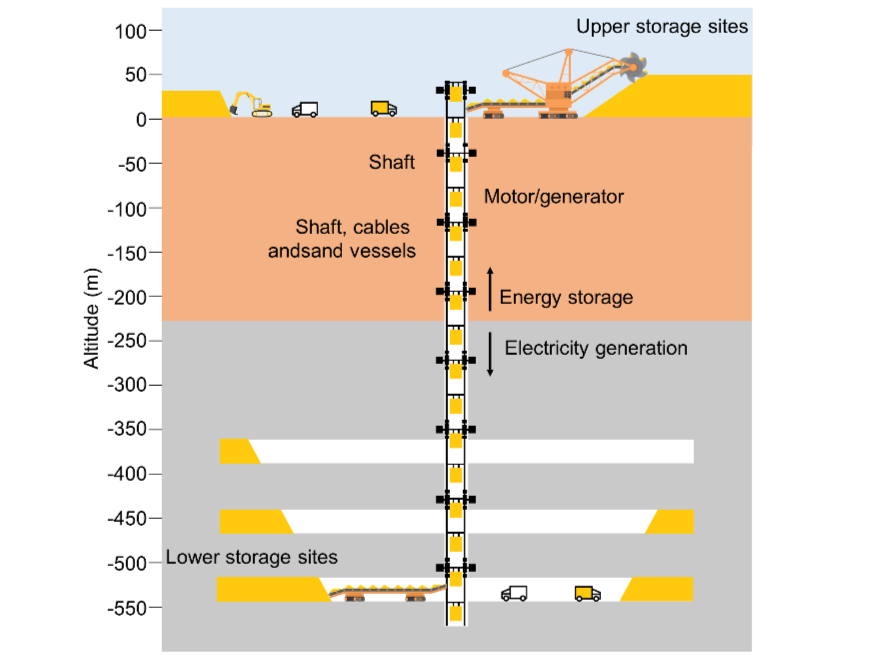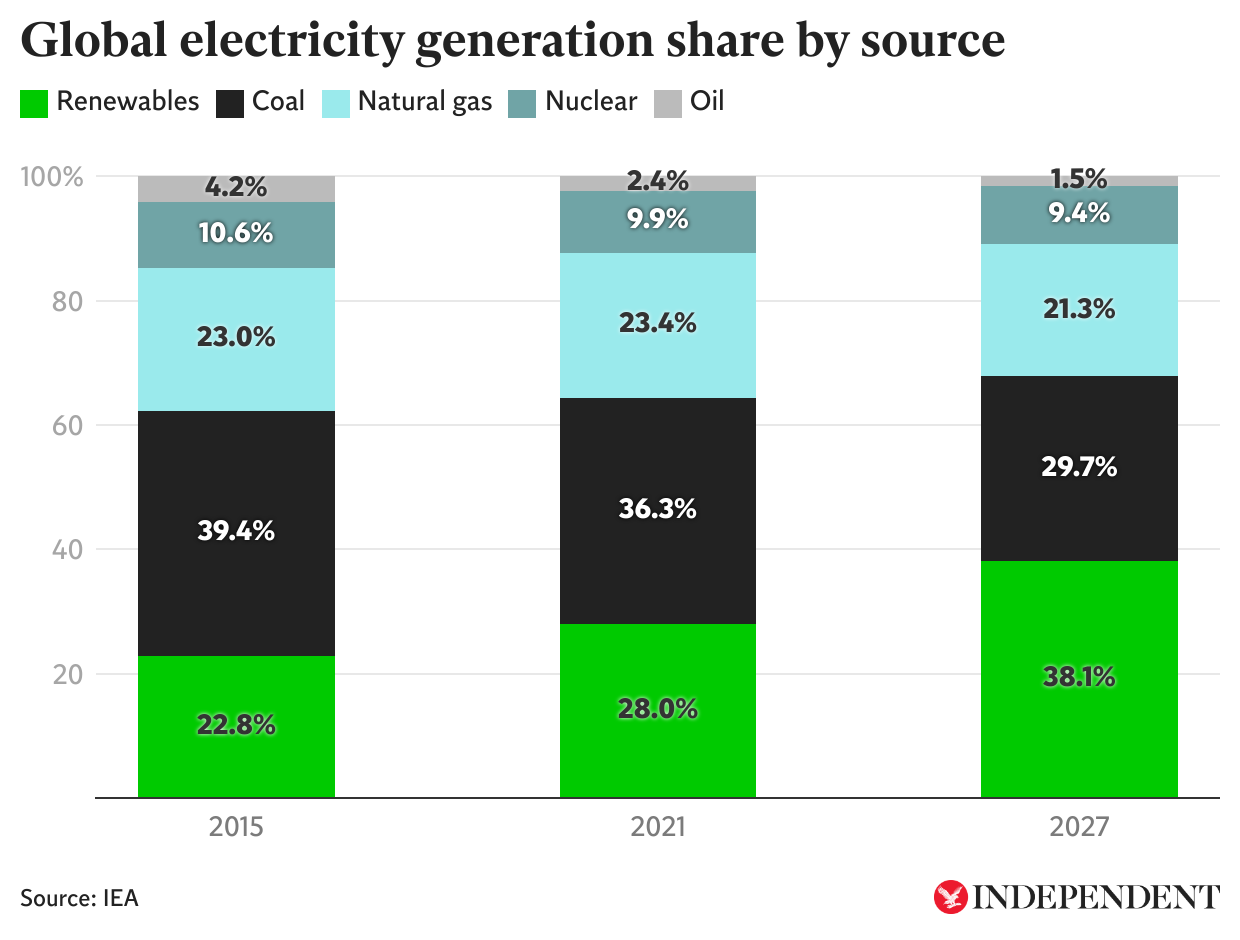Abandoned mines can store enough electricity to power the planet, scientists claim
Gravity batteries in abandoned mines could potentially store up to 70 TWh of electricity
Your support helps us to tell the story
From reproductive rights to climate change to Big Tech, The Independent is on the ground when the story is developing. Whether it's investigating the financials of Elon Musk's pro-Trump PAC or producing our latest documentary, 'The A Word', which shines a light on the American women fighting for reproductive rights, we know how important it is to parse out the facts from the messaging.
At such a critical moment in US history, we need reporters on the ground. Your donation allows us to keep sending journalists to speak to both sides of the story.
The Independent is trusted by Americans across the entire political spectrum. And unlike many other quality news outlets, we choose not to lock Americans out of our reporting and analysis with paywalls. We believe quality journalism should be available to everyone, paid for by those who can afford it.
Your support makes all the difference.Abandoned underground mines could be repurposed to store vast amounts of energy using gravity batteries, according to an international team of researchers.
A study led by the International Institute for Applied Systems Analysis (IIASA) found that decommissioned mines offered a cost-effective and long-term solution for storing energy as the world transitions to renewable solutions.
The scientists estimate that using gravity battery technology within mines has an estimated global energy storage potential of up to 70TWh – roughly the equivalent of global daily electricity consumption.
A gravity battery works by taking excess energy produced from renewable sources like wind or solar and using it to lift a heavy weight.
When the energy is needed during periods of low production, the weight is released and used to power a turbine as it falls.

The repurposing of old mines to house gravity batteries would also have a broader economic benefit for the local community, according to the study’s authors.
“When a mine closes, it lays of thousands off workers. This devastates communities that rely on the mine for their economic output. Underground Gravity Energy Storage (UGES) would create a few vacancies as the mine would provide energy storage services after it stops operations,” said Julian Hunt, a researcher at IIASA Energy, Climate, and Environment Program.
“Mines already have the basic infrastructure and are connected to the power grid, which significantly reduces the cost and facilitates the implementation of UGES plants.”
The proposed system would convert the potential energy of sand as it is lowered into a mine shaft via regenerative breaking.
Similar systems using gravitational energy are already in use, with an Australian iron ore firm unveiling what it claimed to be the world’s first ‘Infinity Train’ last year. The technology allows the battery-electric train to transport materials without ever needing to recharge.

The transition towards renewable energy sources accelerated last year amid the global energy crisis, though ways of storing excess energy is seen as critical for supporting sustainable energy.
“To decarbonise the economy, we need to rethink the energy system based on innovative solutions using existing resources,” said Behnam Zakeri, co-author of the study.
“Turning abandoned mines into energy storage is one example of many solutions that exist around us, and we only need to change the way we deploy them.”
The study, titled ‘Underground Gravity Energy Storage: A Solution for Long-Term Energy Storage’, was published in the scientific journal Energies.


Join our commenting forum
Join thought-provoking conversations, follow other Independent readers and see their replies
Comments